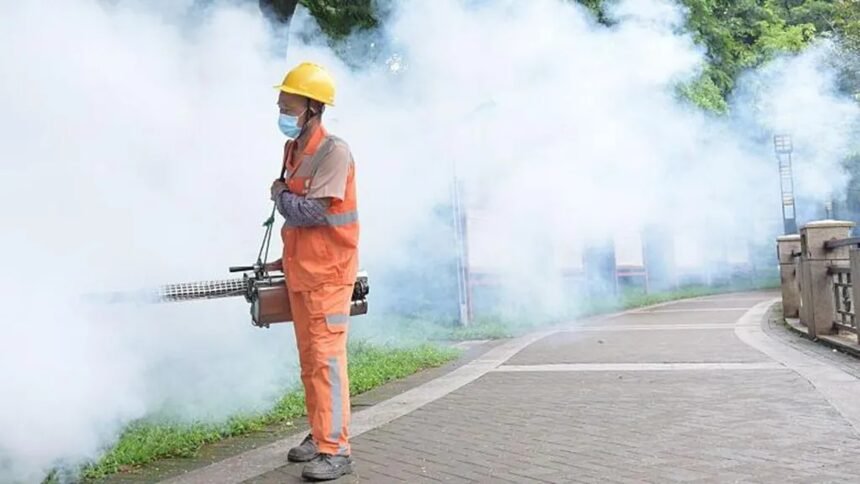A health alert has been raised in China after more than 7,000 cases of the mosquito-borne chikungunya virus were reported in Guangdong Province. The outbreak has triggered heightened medical responses, especially in the city of Foshan, which has been hit the hardest. According to BBC reports, patients are being kept under strict supervision in hospitals.
In addition to Foshan, at least 12 other cities across the southern province have also confirmed infections. Nearly 3,000 of the total cases were reported in just the past week alone.
While most cases have presented mild symptoms, Chinese health authorities are urging increased vigilance. The unfamiliarity of the virus among the general population has led to growing public anxiety.
The United States has issued an advisory for travelers in China, urging them to exercise “increased caution” in light of the outbreak.
What Is Chikungunya?
Chikungunya is a viral illness transmitted by infected mosquitoes. Most individuals bitten by an infected mosquito will begin to show symptoms within 3 to 7 days. These include fever, joint pain, skin rash, headaches, muscle pain, and joint swelling.
Although most patients recover within a week, severe joint pain may persist for months or even years in some cases. Those at higher risk for complications include newborns, the elderly, and individuals with underlying health conditions such as heart disease or diabetes.
There is no cure for chikungunya, though fatalities are considered rare.
First identified in Tanzania in 1952, the virus has since spread across Sub-Saharan Africa and Southeast Asia, and has now been reported in over 110 countries worldwide.
The World Health Organization advises that the most effective way to prevent further transmission is by eliminating stagnant water sources where mosquitoes tend to breed.







